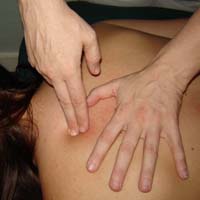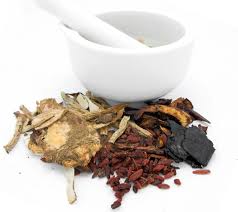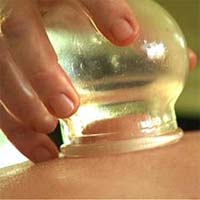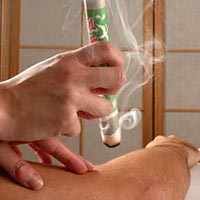Well Being Through Balance
The foundation of Traditional Chinese Medicine (TCM) is the believe that the body and more specifically the energy within our body needs to be in balance to flow freely. The organic nature of our body allows any local pathological change to affect the whole body. Moreover, the pathological changes of the internal organs may reflect on the body's surface. At the first visit, the Chinese Medicine provider will conduct a comprehensive survey of the patient’s body appearance, function and feeling to correctly diagnose the patient's energy imbalance.
Diagnostic methods in TCM include four basic methods:
1. Inquiry or talking to the patient about the ailment
2. Inspection
3. Auscultation or listening to various body functions and olfaction or smelling
4. Palpation or touch of hand
Once the patient's imbalance is determined, the provider can determine methods (acupuncture, herbal remedies, and various other treatments) to restore the balance within the body.
Central to the treatment is the Tendinomuscular Meridian theory. It describes patterns of energy flow called "Qi" or "Chi" (pronounced chee) throughout the body, which are related to the organs and tendinomuscular Meridian system. When the body is in good health, energy flow is balanced and consistent. However, when energy flow is disrupted due to trauma, poor diet, medications, stress, or other factors, pain and illness result. The goal of the treatment is to restore the free flowing balance of Qi and thereby the wellbeing
Acupuncture



